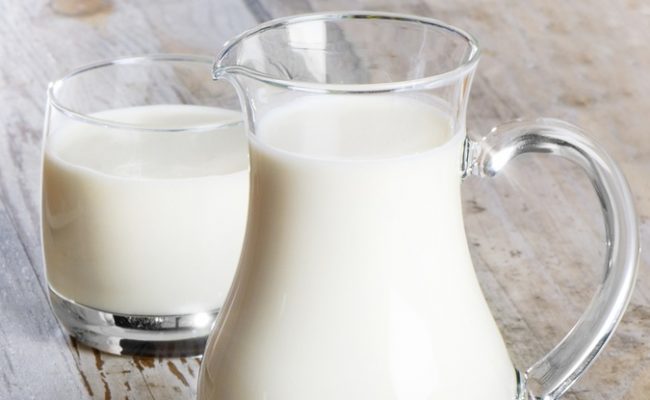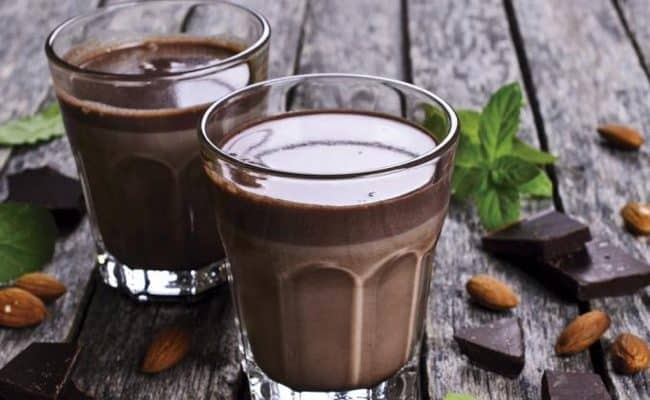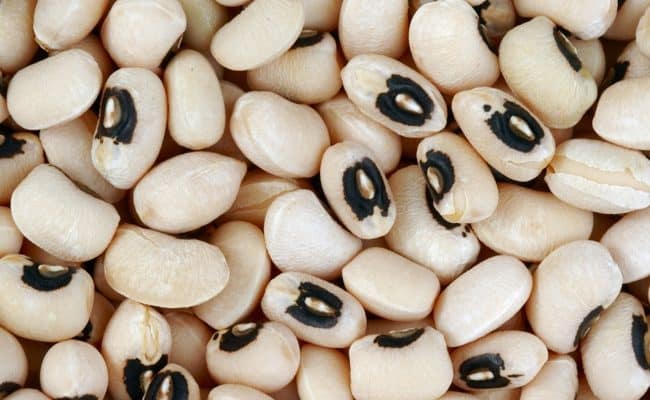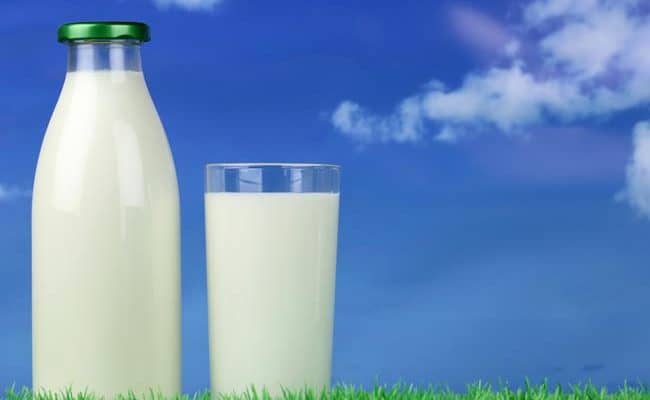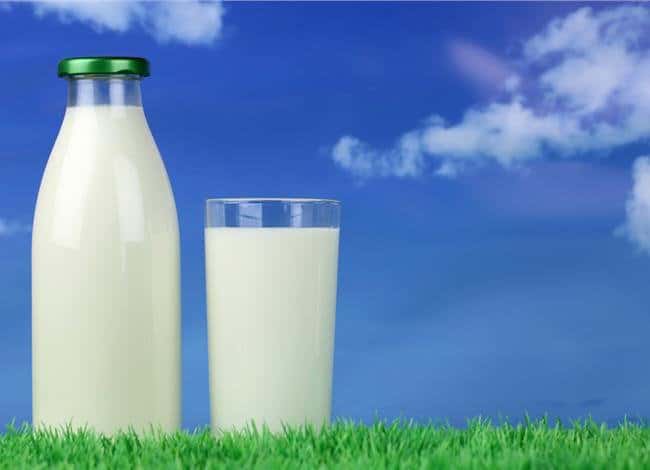
There are many milk options available: low fat, non-fat, soy, almond, coconut, organic, raw, etc. It can be confusing which option is the healthiest for you. Whether choosing traditional dairy or alternative non-dairy sources, milk can be a source of calcium, vitamin D and protein in your diet.
Here is some further clarification of milk options: dairy, lactose free, organic, added hormones and your own health status that can help you decide which milk choice will be the healthiest option for you and your family.
Dairy options
Traditional cow’s milk is a staple for many families. The options of dairy milk usually include whole (sometimes called vitamin D), 2%, 1% and skim milk. Whole milk has the highest calorie content and saturated fat while skim milk has the lowest calories and no fat. (See also: Is dairy good or bad for you?)
Each serving of milk, from whole to skim, provides a rich source of calcium, vitamin D, riboflavin, phosphorus and protein. The difference is in the fat and calorie content. Health professionals have advocated for many years to choose 1% or skim milk as a healthier choice for heart health and weight balance.
However, some recent research studies have suggested that full fat milk products may actually protect against weight gain. For example, a 2013 study found that men who had a high intake of full fat dairy had a lower risk of central obesity. Men who had lower intake of full fat dairy had a higher risk for central obesity.
It may be that higher fat dairy options make us feel more satisfied thus we are likely to eat less when we eat full fat dairy compared to low or non-fat. However, researchers are not entirely sure of the positive relationship between full fat dairy and weight regulation.
Children under 2 years of age need to drink full fat milk, as the additional fat is beneficial for brain growth. Children above two and adults don’t need the extra fat from full fat milk. More research is needed for further clarity of the health benefits for full fat or lower fat milks.
Lactose free options
If you have a dairy allergy or choose to not eat animal products, there are many dairy alternative milks to pick from. Most are fortified with vitamins and minerals that are similar to cow’s milk nutrients. Check labels of dairy alternative milks and choose ones that do provide vitamins and minerals such as calcium, vitamin D and vitamin B12.
Dairy alternative milks are lower in protein and usually lower in fat (except some coconut milk) compared to dairy. If you are using dairy alternative milk for a protein source, choose higher protein milks such as soy or hemp. Almond, coconut and rice milks tend to be pretty low in protein. If you want a milk that has good fat sources, coconut milk is usually the highest.
Read also: Is it possible to become lactose intolerant overnight?
Organic or conventional
The organic food industry continues to grow as more and more people are interested in buying organic. Is there a difference between organic and conventional milk? Most research suggests there is not a strong nutritional difference between organic and conventional food.
However, according to a 2013 study, organic milk has a higher amount of omega 3 and lower amount of omega 6 compared to conventional milk. This could be advantageous as eating foods higher in omega 3’s can help lower inflammation, and eating a diet rich in omega 3’s may help lower risk for some chronic diseases.
Hormones and antibiotics
Added growth hormones and antibiotics to animals that humans may be a concern because the effect on humans is not well known. Recombient bovine growth hormone (rBGH) is a common hormone given to cows to increase milk production.
The concern with this is humans drinking milk from cows given rBGH may have an increase in insulin growth hormones which may have some negative health effects. Also, cows given rBGH usually receive more antibiotics than cows not given rBGH. Does the increase of antibiotics from cows given rBGH affect humans?
Some of these questions are not fully known yet. There is not strong evidence supporting drinking milk from cows with rBGH increases insulin growth hormones in humans more than from cows without rBGH. However, concern over this and antibiotic use is still a concern for many. Choosing milk without added growth hormones may or may not be beneficial.
Conclusion
Choosing the healthiest milk is an individual choice and dependent on many factors. If you can digest milk products, choosing whole to skim milk is a choice of calorie and fat content. Low fat or skim milk has been the recommended choice, but new research suggests full fat dairy may actually lower risk for obesity.
Dairy free milk alternatives vary in nutrients; if you want the highest protein option soy or hemp milks are usually highest in protein. Coconut milks are usually highest in fat. Choose dairy free milks that are fortified with other vitamins and minerals that are similar to dairy.
The use of certain hormones to increase milk production is somewhat controversial, and more and more milk options are labeled as hormone free. This may or may not be beneficial for lowering insulin like hormone levels in humans and limiting exposure to antibiotic use.
References used in this article
